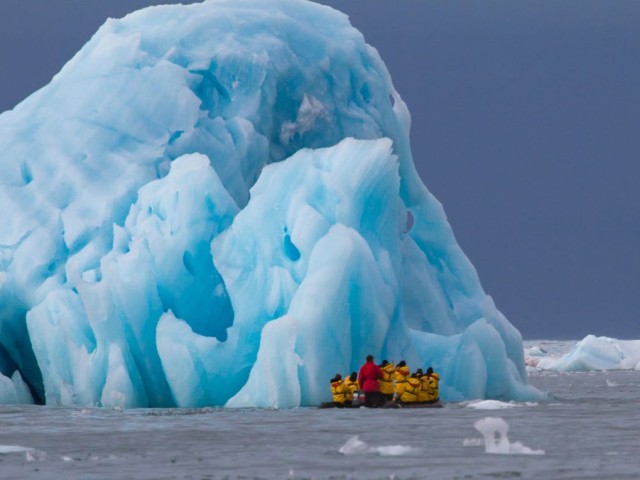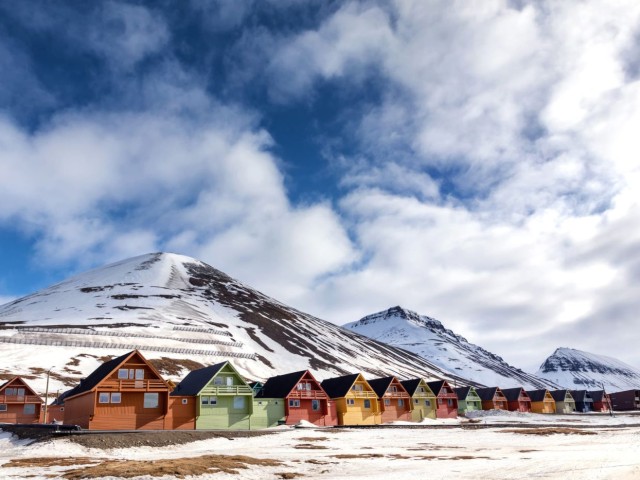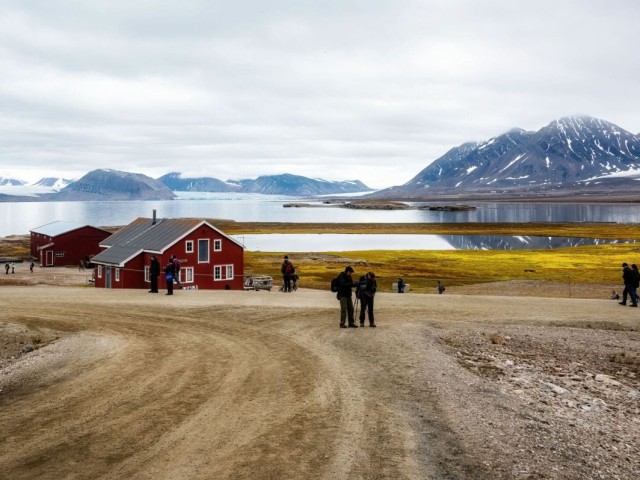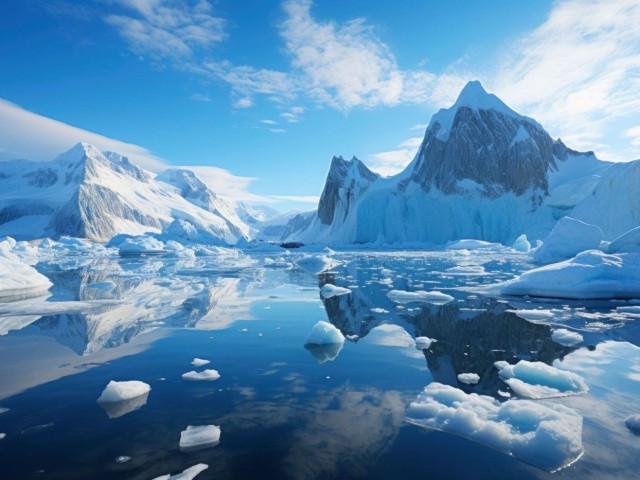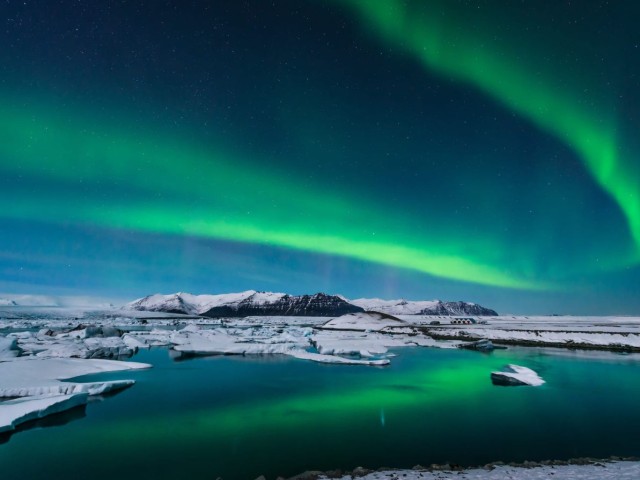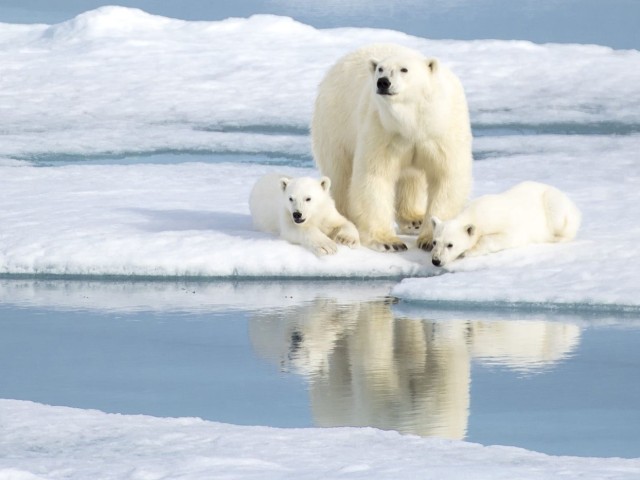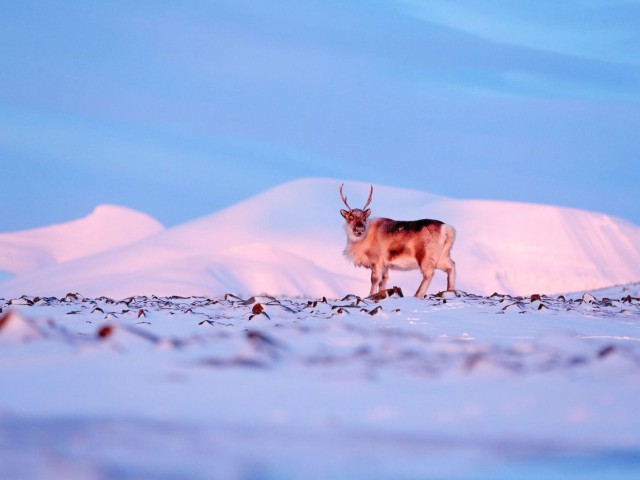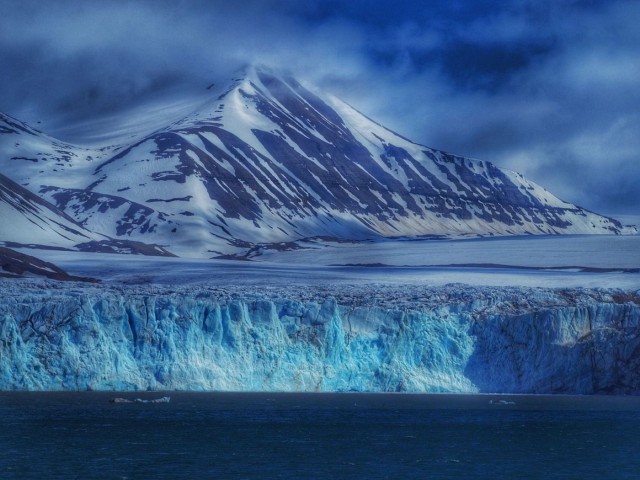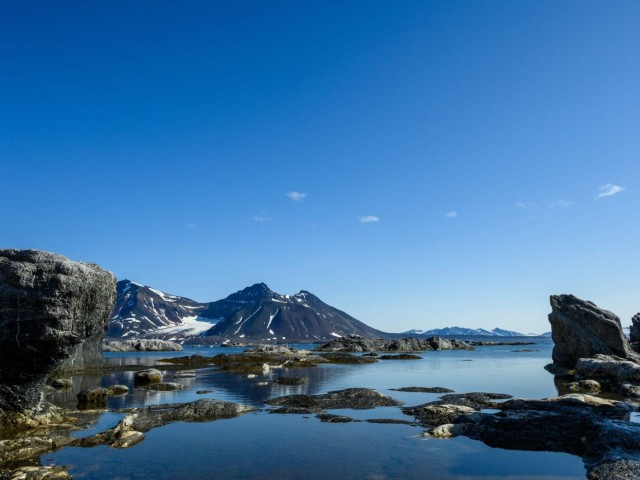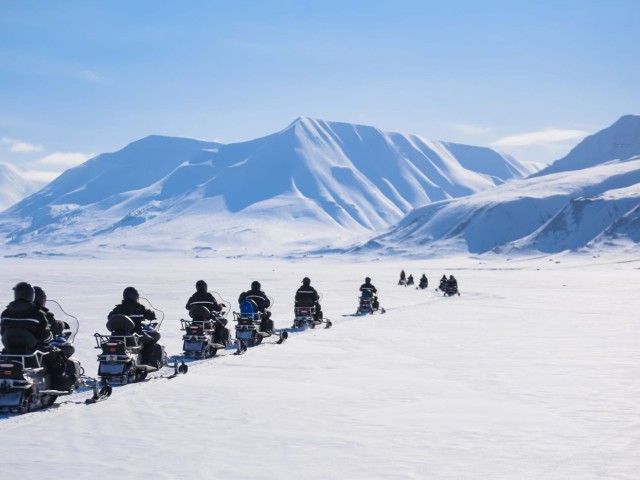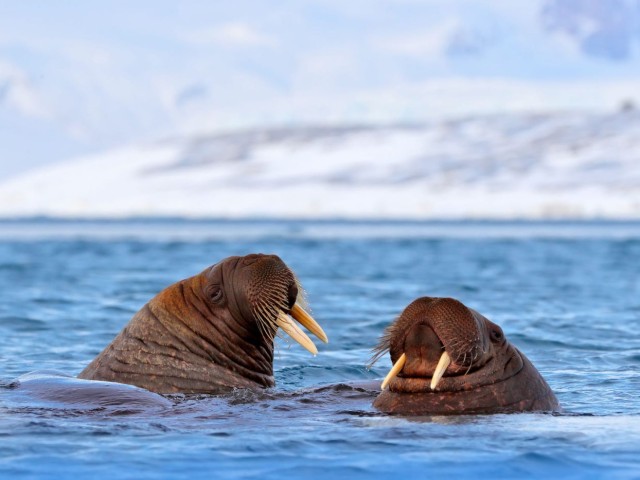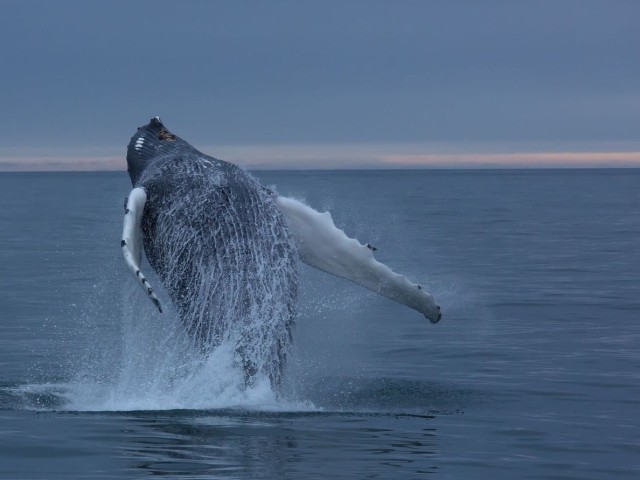Norway
Experience the raw beauty of the Arctic on this unparalleled voyage through Svalbard's most remote and breathtaking destinations. This carefully curated yacht charter itinerary will take you from the lively settlement of Longyearbyen to some of the most isolated and pristine landscapes on Earth. Encounter Arctic wildlife, towering glaciers, and historic sites while navigating through dramatic fjords and untouched islands. Whether you seek adventure, photography opportunities, or the tranquility of the frozen wilderness, this journey promises an unforgettable expedition into the heart of the Arctic.
Day 1 - Longyearbyen to Nordre Isfjorden
Your Arctic adventure begins in Longyearbyen, the northernmost settlement in the world. Explore the town’s museums and enjoy a warm drink before setting sail towards Nordre Isfjorden. Marvel at the dramatic, ice-carved landscapes and keep an eye out for Svalbard’s incredible wildlife, including Arctic foxes and reindeer. As the sun lingers on the horizon, enjoy your first evening in the Arctic with a gourmet dinner onboard.
Day 2 - Nordre Isfjorden to Pyramiden
Sail to the ghost town of Pyramiden, an abandoned Soviet-era mining settlement frozen in time. Walk among the deserted buildings, including the northernmost Lenin statue in the world. The eerie silence and untouched surroundings make this a haunting yet fascinating stop on your journey. Visit the old cultural house and imagine life in this once-thriving town before returning to your yacht for an evening of Arctic storytelling.
Day 3 - Pyramiden to Ny-Ålesund
Arrive in Ny-Ålesund, one of the world's northernmost research stations. Once a coal mining settlement, it is now a hub for Arctic scientists. Take a guided tour and learn about polar research, then enjoy breathtaking views of Kongsfjorden’s glaciers. Walk along the wooden pier that explorers like Roald Amundsen once used before their expeditions to the North Pole.
Day 4 - Ny-Ålesund to Nordvest-Spitsbergen National Park
Explore the stunning Nordvest-Spitsbergen National Park, a haven for wildlife and glaciers. Sail past towering cliffs and witness thousands of seabirds nesting along the shores. This is also one of the best spots to see polar bears hunting along the ice edge. Enjoy a zodiac excursion for an up-close look at glacial formations and Arctic seabirds soaring above.
Day 5 - Nordvest-Spitsbergen National Park to Indre Wijdefjorden National Park
Cruise deep into Indre Wijdefjorden National Park, a rarely visited Arctic gem. The fjord, surrounded by towering mountains and tundra-covered slopes, is home to Arctic foxes and walruses. Enjoy a peaceful moment in this untouched wilderness. Take a guided nature walk to admire the striking Arctic flora that survives in this extreme environment.
Day 6 - Indre Wijdefjorden National Park to Storøya
Sail towards Storøya, an island known for its vast walrus colonies. Watch these incredible creatures as they lounge on the ice, occasionally diving into the freezing waters. With luck, you may also catch a glimpse of polar bears roaming in the distance. Capture stunning photographs of these Arctic giants against a backdrop of icy blues and rugged terrain.
Day 7 Storøya to Kvitøya
Arrive at Kvitøya, or “White Island,” one of Svalbard’s most remote locations. Covered almost entirely in ice, this desolate yet stunning landscape is rarely visited. It holds a fascinating history, including the remnants of an ill-fated 19th-century Arctic expedition. Explore the icy shores by kayak or zodiac for a rare experience in one of the most secluded places on Earth.
Day 8 - Kvitøya to Stonehenge Rocks
Cruise towards the striking Stonehenge Rocks, an otherworldly rock formation rising from the Arctic waters. These towering cliffs serve as an important nesting ground for seabirds, making it an ideal spot for wildlife photography. Witness the spectacle of thousands of birds circling above and the dramatic beauty of the sculpted rock formations.
Day 9 - Stonehenge Rocks to South Spitsbergen National Park
Explore South Spitsbergen National Park, where glaciers meet the sea. Visit Hornsund, a fjord teeming with breathtaking ice formations and rich Arctic wildlife. Keep your camera ready for seals, reindeer, and perhaps even a passing beluga whale. Enjoy an evening under the midnight sun, taking in the surreal beauty of the Arctic twilight.
Day 10: South Spitsbergen National Park to Nordensköld Land National Park
Venture into Nordensköld Land National Park, home to dramatic mountain ranges and expansive tundra. This region provides excellent hiking opportunities and a chance to witness the stark beauty of the Arctic landscape up close. Discover the remains of old trapper huts and experience the solitude of the Arctic wilderness before enjoying a farewell dinner on board.
Day 11 - Nordensköld Land National Park to Longyearbyen
Return to Longyearbyen, marking the end of your incredible Arctic voyage. Spend your final moments taking in the pristine scenery before disembarking. As you leave, take with you unforgettable memories of Svalbard’s raw and remote beauty. Until next time, may the spirit of the Arctic remain with you!




